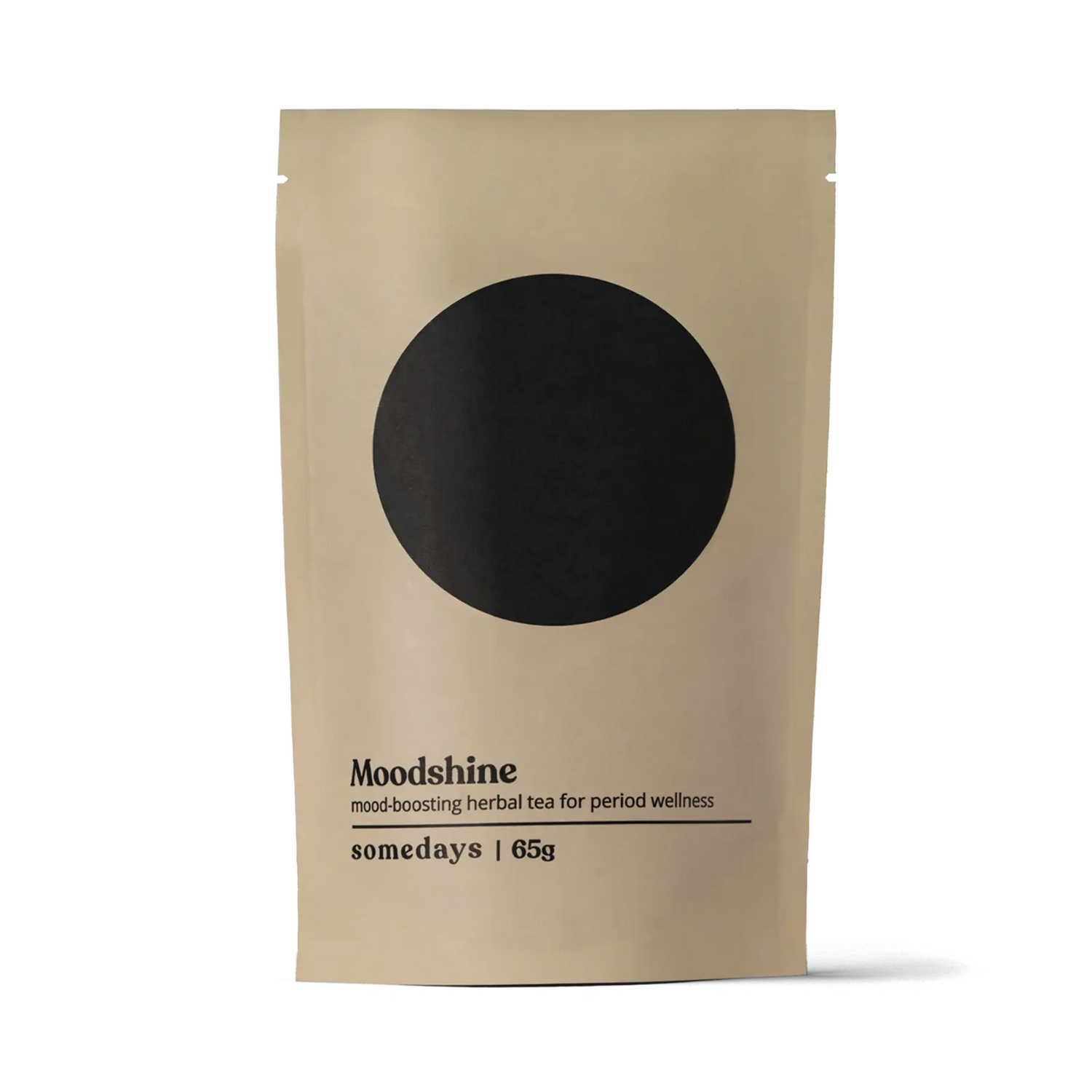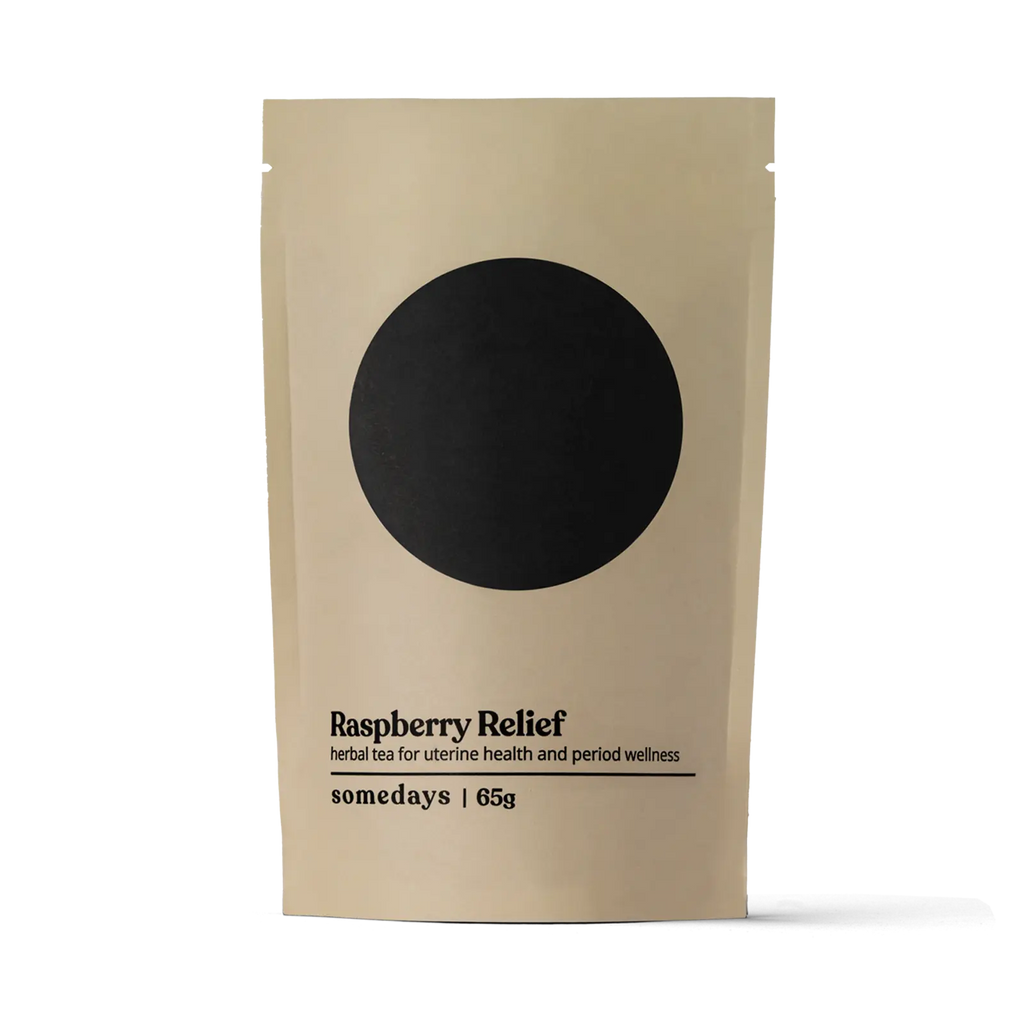What is PMDD (Premenstrual Dysphoric Disorder)?

I am 1 in 20.
I am a clinical psychologist and I have a disability that impacts 1 in 20 individuals of reproductive age, yet most people have never heard of it. In fact, it’s a mental health disorder, yet I -- a licensed mental health practitioner -- and most of my colleagues never received training in it. I am here to make waves about Premenstrual Dysphoric Disorder (PMDD).
What is Premenstrual Dysphoric Disorder?
Premenstrual Dysphoric Disorder (PMDD) is a cyclical hormone-based mood disorder. And we need to be talking about it.Before diving into the details, it’s important to clarify a few points from the get-go.
PMDD is not ‘PMS’ (premenstrual syndrome). PMDD is also not a ‘hormone imbalance’. It is not a personality defect nor a matter of being ‘weak’. Lastly, PMDD is not a cultural or region bound diagnosis. In fact, it affects millions of humans worldwide.
Premenstrual Dysphoric Disorder is designated as a depressive disorder in the psychiatric Diagnostic Statistical Manual (DSM-5) and is recognized by the World Health Organization as a legitimate medical diagnosis. Research shows it is a suspected cellular disorder in the brain.
PMDD is a severe brain based negative response to normal hormonal fluctuations happening in the body.
Let’s break this down a bit. Over the course of a typical menstrual cycle, it is expected to have certain hormones (estrogen and progesterone) increasing and decreasing. This is a normal part of having a menstrual cycle. However, for someone with PMDD, when these fluctuations happen, the brain is EXTRA sensitive to these natural rises and falls. As a metaphor, we can compare it to an extreme ‘allergic reaction’ of sorts.
PMDD is often misdiagnosed as Depression, Anxiety, or Bipolar disorders.
While PMDD may include similar features (and it’s possible to have both PMDD and other mental health disorders), PMDD symptoms are directly related to the menstrual cycle.
Unlike other mental health disorders, a PMDD diagnosis requires that the symptoms occur during a particular timeframe -- the Luteal or premenstrual phase of the cycle -- and then start to minimize during or after the period.
What Are Symptoms Of PMDD?
PMDD involves extensive mental, emotional, physical, and behavioral symptoms. These include:- Mood changes (e.g. mood swings, feeling suddenly sad or tearful, or increased sensitivity to rejection)
- Irritability, anger, rage, increased interpersonal conflict
- Depressed mood, feelings of hopelessness, feeling worthless, self-deprecating thoughts, suicidal ideation or attempt
- Anxiety, tension, feelings of being keyed up or on edge
- Decreased interest in usual activities (e.g. work, school, friends, hobbies)
- Difficulty concentrating or thinking; brain fog
- Extreme fatigue
- Changes in appetite, food cravings, overeating
- Hypersomnia (excessive sleepiness), insomnia (trouble falling or staying asleep), odd dreams or nightmares
- Feeling overwhelmed or out of control
- Physical symptoms such as breast tenderness or swelling, joint or muscle pain, hot flashes, sweats, nausea, bloating or weight gain, sensitivity to sensations (sound, light, smells, touch)
It’s important to also note the nuances of the PMDD experience. For instance, one person with PMDD may have certain prominent symptoms while another may struggle with a slightly different combination.
The PMDD experience lies on a spectrum, meaning the level of intensity and duration of symptoms can vary from human to human -- as well as from cycle to cycle.
Many with PMDD report having some menstrual cycle rounds that are easier to manage, while other cycles are considerably more difficult. PMDD symptoms can be impacted by stress factors and they evolve with age.
PMDD causes distress that significantly interferes with life functioning -- work, school, social activities, home life, caregiving, etc. Those with Premenstrual Dysphoric Disorder describe it often as a “half life”, where part of the month feels grounded in one’s ‘normal self’, and the other part feels like ‘another person’.
There is also an increased suicide risk for those with PMDD. Thus, awareness and support for diagnosis is imperative.
How Is PMDD Diagnosed and Treated?
As with any health condition, it’s important to notify your healthcare provider team-- primary doctor, gynecologist, psychologist, psychiatrist, and/or therapist-- that you are concerned about your symptoms. With that said, you should be aware that unfortunately many healthcare professionals are not well-versed in PMDD.This is due to historical oppressive factors, such as the lack of research and clinical training at the intersection of menstrual and mental health. Please know that your lived experience is still worthy of a compassionate, equitable healthcare response.
I highly recommend visiting and bookmarking IAPMD.org. The International Association for Premenstrual Disorders is an invaluable resource. It offers guidance on how to navigate the diagnosis process, ways to access peer and professional support, treatment options, and advocacy updates.
Currently, there is no diagnostic test for PMDD. Thus, tracking is key! It is critical to track several menstrual cycles, in their entirety, in order to clarify diagnosis. You can document symptoms daily using a phone app, such as Me V PMDD, or a printable daily tracker and then bring this data to your provider. You can also reference the appointment sheet in the IAPMD toolkit.
In your appointments, healthcare professionals should engage a collaborative, mindful listening approach, and facilitate thorough assessments to arrive at clarification of diagnosis. Multiple providers may need to work together to do this.
There is no single treatment or ‘cure’ for Premenstrual Dysphoric Disorder. PMDD management will look different for each person. Treatments include lifestyle changes, serotonin reuptake inhibitor (SSRI) medication, birth control, diet/supplementation, psychotherapy, chemical or surgical menopause.
Mindful Practices for PMDD
As I mentioned, I live with PMDD and the waves can be overwhelming sometimes. Mindfulness has been one grounding element -- or anchor -- during these waves. Mindfulness is present moment awareness, with a sense of curiosity and non-judgment. Here is an invitation to three mindful practices. Take what resonates with your being’s needs.- Tracking Menstrual Cycles
- Self-Compassion Tea Practice
Now, take a deep inhale and as you exhale, do so ever so slowly through your mouth right above the tea surface. Notice what your breath does to the water. Do you see the ripples or movement? Now, return to normal breathing.
Repeat the following affirmation to your worthy being: “I am flowing with the waves the best way I can. I am making ripples of ease and peace with each breath. I am worthy of this pause.”
- Cozy Somedays Ritual
Heat your Flaxseed Heat Pad and get your Cramp Cream ready. Put those aside for a moment. You can be seated or lying down, whatever feels good for you. First, take 30 seconds to scan your whole body, noticing any areas of discomfort, pain, or tension. With intention, slowly apply the cream to any spot that might need some relief. Notice with curiosity the physical sensations that arise as you do this.
Explicitly ask yourself: Where do I need to send a cozy wave of warmth? Then, place the heat pad on your body where it feels most helpful to you. As you do this, give yourself permission to melt a little more onto the surface you are on. Attend to what it feels like here. What do you notice shift? Has anything transformed in this time? Cozy here for as long as you need, dear one.
Sending special care to all those flowing with the waves of Premenstrual Dysphoric Disorder. You are WORTHY.
With gratitude,
Dr. Mo
Disclaimer: All information in this article is sourced from the DSM-5 American Psychiatric Association and IAPMD.org. Always consult with your healthcare team to determine if a course of action is appropriate for your specific individual treatment plan.
----
Dr. Monique Gonzalez (Dr. Mo) is a Latinx licensed clinical psychologist residing and creating on sacred, unceded Ohlone land (San Francisco Bay Area). She has a background in mental health, trauma-informed therapeutic services, and the cultural humility model. Dr. Mo lives with a chronic condition, Premenstrual Dysphoric Disorder; she is passionate about elevating awareness and advocacy. She has recently shifted from direct clinical care to offerings that allow her to honor the pace, flow, cycle of her own body, mind, spirit. Dr. Mo offers mindfulness-based supports for those who navigate the waves of PMDD. She intends on facilitating online courses, workshops, consultation, and virtual community. Dr. Mo enjoys yoga, communing with nature, cozy coffee, board games with loved ones, and learning about the lunar cycle. You are welcomed to learn more about Dr. Mo on Instagram @drmopsyd
Previous Article All Articles Next Article
All ArticlesRaspberry Relief
Raspberry Relief is a blend of plant-based ingredients designed to support menstrual comfort and emotional balance.
$24.00
ADD TO CART



